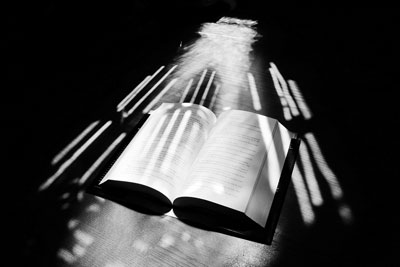All Nonfiction
- Bullying
- Books
- Academic
- Author Interviews
- Celebrity interviews
- College Articles
- College Essays
- Educator of the Year
- Heroes
- Interviews
- Memoir
- Personal Experience
- Sports
- Travel & Culture
All Opinions
- Bullying
- Current Events / Politics
- Discrimination
- Drugs / Alcohol / Smoking
- Entertainment / Celebrities
- Environment
- Love / Relationships
- Movies / Music / TV
- Pop Culture / Trends
- School / College
- Social Issues / Civics
- Spirituality / Religion
- Sports / Hobbies
All Hot Topics
- Bullying
- Community Service
- Environment
- Health
- Letters to the Editor
- Pride & Prejudice
- What Matters
- Back
Summer Guide
- Program Links
- Program Reviews
- Back
College Guide
- College Links
- College Reviews
- College Essays
- College Articles
- Back
Dystopian Fiction: The Oppressed v. The Oppressors
In the words of President Snow, “Hope is the only thing stronger than fear.” Still, President Snow, the fearless and unforgiving ruler of Panem, tries to diminish this hope from Panem to leave the citizens utterly powerless to the system. Using manipulation and public ‘Hunger Games,’ Snow succeeds in gaining total control over his citizens, whether they realize it or not, for a number of years. Though fragile, this system lasts for so long because Snow favors a group of Capitol citizens resulting in their indelible support for the current government. Using this continuous support, Snow can encourage oppressive restriction of the Districts without exciting concern from the Capitol people. This basic foundation can not only be seen in Suzanne Collins' young adult dystopian novel The Hunger Games, but can also be found in Margaret Atwood's classic dystopian work A Handmaid’s Tale. The depotistic government, Gilead, that exists in A Handmaid’s Tale manipulates society into two similar groups: the Commanders, the privileged group, and the Handmaids, the oppressed group. In these well-known dystopian novels, the oppressive government uses manipulation to divide society into two groups: a privileged group that is oblivious to the government's exploits, such as the capitol people and the commanders, and a subjugate group that actually faces the government's despotism, such as the districts and the handmaids, which ultimately breaks the solidarity among the citizens fueling hatred between sects and rebellion against government.

Similar Articles
JOIN THE DISCUSSION
This article has 0 comments.
